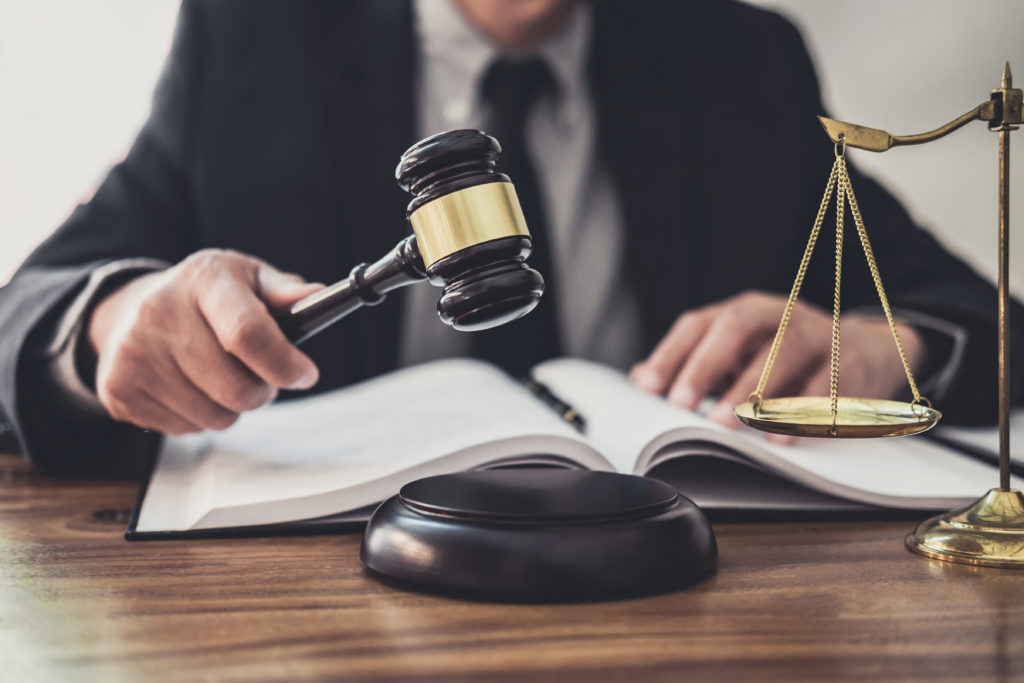By Ray Williams

The Council of State Governments Justice Center is providing in-depth analysis to help 11 states achieve their occupational licensure goals. CSG launched the occupational licensure project in partnership with the Department of Labor, or DOL, the National Conference of State Legislatures and the National Governors Association. The DOL scope includes assessing potential barriers to obtaining specific occupational licenses for target populations in 11 consortium states, including military spouses and children, immigrants with work authorizations, people with criminal records, and unemployed and displaced workers.
The initial data included occupational licensing requirements for all 50 states relative to education and training requirements, exam requirements, renewal processes, associated fees, reciprocity agreements and ex-offender restrictions. The consortium states are now requesting more information so they can analyze underlying cause and effect relationships within their current regulations and statues, as well as conduct comparative analysis of other states. CSG Justice Center is providing enhanced reports to the consortium, with additional information on background check requirements and restrictions, through the National Inventory of Collateral Consequences of Conviction project.
The National Inventory of Collateral Consequences, or NICCC, is supported by a grant from the Department of Justice, or DOJ, Office of Justice Programs, and currently catalogs over 45,000 statutory and regulatory provisions that limit the rights, benefits and opportunities available to individuals with criminal records. Among those, 15,000 provisions limit an individual’s ability to obtain occupational licensure or impair licenses already held through suspension, revocation or other means. That data is used to analyze and distinguish the collateral consequences affecting current and prospective licensees, particularly relationships between types of offenses, and the scope and duration of license ineligibility or impairment. Broad restrictions that offer little chance for employment after conviction can often discourage rehabilitation and increase recidivism.
“Of those 15,000 licensing consequences, over 6,000 are mandatory, meaning boards have no discretion to grant a license or forgo suspension, revocation or other impairments when an individual has a disqualifying conviction,” Josh Gaines, a CSG Justice Center senior policy analyst said.
The enhanced reports provided through the NICCC include data on background checks for occupational licenses, linking all 50 states to their applicable laws, statutes and regulations. The database provides enhanced search features for collateral consequence and offense type, allowing the consortium states to examine specific statutes and their collateral consequence on occupational licensing. This data allows states to compare current provisions of law and their potential outcome on licensing barriers.
Additionally, the DOJ and DOL have partnered with CSG Justice Center to fund the Clean Slate Clearinghouse, or CSC. The CSC links individuals with criminal records to legal resources and support services for record clearance, and provides states with record clearing policies for comparative best practice methods. Criminal record clearance is a process in which individuals can have their records expunged, sealed, restricted or closed, aiding in both employment and housing opportunities.
Most occupational licensing restrictions are in place to protect public safety and provide a legitimate regulatory function. The NICCC further examines these restrictions that apply to any crime without regard to the type of crime, the lapse of time after conviction, or the rehabilitation efforts. The NICCC project provides data for legislatures and licensing boards.
The NICCC data is focused on one of the DOL’s target populations and is a vital tool for consortium states as they continue to examine occupational licensing barriers.
This workforce product was funded by a grant awarded by the U.S. Department of Labor’s Employment and Training Administration. The product was created by the recipient and does not necessarily reflect the official position of the U.S. Department of Labor. The Department of Labor makes no guarantees, warranties, or assurances of any kind, express or implied, with respect to such information, including any information on linked sites and including, but not limited to, accuracy of the information or its completeness, timeliness, usefulness, adequacy, continued availability, or ownership. This product is copyrighted by The Council of State Governments.

